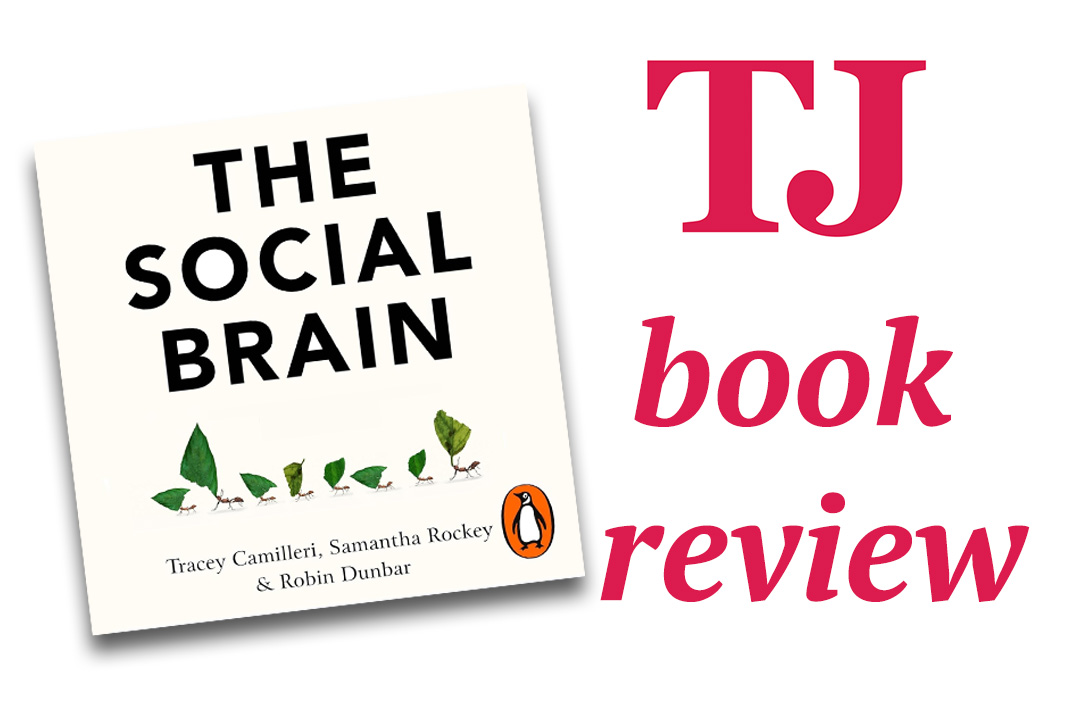In her final article on what it takes to be a CLO Cathy Hoy looks at marketing learning for impact and engagement
For learners to have an optimal learning experience, it has become increasingly important that marketing and engagement efforts are leveraged effectively. Engagement is the key to encouraging continuous growth and taking learning programmes from mundane to impactful.
What do we mean by ‘marketing learning’?
Marketing learning and development effectively, means promoting your organisation’s L&D programmes and initiatives in such a way that employees understand the value and benefits of participating in them. It involves creating effective communication channels and marketing campaigns that inform employees about the training programmes offered and encourage participation and engagement.
Marketing learning requires strategic planning and effective communication skills. Some key elements to keep in mind include:
Communicating the benefits
Highlighting the benefits of programmes and how they can help support professional growth and development, enhance job performance, and drive career progression can motivate employees to engage willingly in such programmes.
Branding
Communicating with a distinct visual brand can raise their visibility among employees and create a unique identity to the initiative. But your brand isn’t just about the visuals! It’s what people see, hear and experience and all these things need to be consistent. As Jeff Bezos, founder and CEO of Amazon famously said “Your brand is what other people say about you when you’re not in the room”.
Organising events
Hosting events such as breakfast meetings, webinars, interactive workshops can help increase awareness of the learning initiatives available and provide a platform for employees to engage.
Leadership support
Securing leadership support is vital as it enhances the visibility of the L&D function and underlines its importance to the wider business.
Interactive and engaging content
Creating exciting and informative content such as video explanations, interactive webinars, quizzes, and the use of gamification, is a great way to capture and hold the employee’s attention.
Social learning
Creating more communal and social learning environments encourages employees to share their knowledge and experiences, helping in fostering a symbiotic working culture.
Good marketing of learning can support the development of a learning culture that helps employee growth, development, and engagement, resulting in improved retention, job satisfaction, and reaching the organisational objectives.
Where should you start?
The best place to start is with a brand review! A brand review plays a pivotal role in aligning how people see, hear, and experience your department. It involves examining all aspects of your brand’s visual, verbal, and experiential components, ensuring they align with the brand’s position and messaging in the company.
A brand review ensures your brand’s communication is clear, concise, and aligns with the organisation’s overall values and objectives.
Here are four reasons a brand review is crucial:
1. Ensure brand consistency
It helps ensure that all aspects of your brand are consistent across various channels, such as your internal website or LMS, social media, training programmes, and other communication outlets, creating a strong, recognisable brand presence. Inconsistent branding can lead to confusion and weakened brand perception.
2. Enhance brand image
A brand review allows you to assess your brand image and messaging, ensuring that it resonates with your target audience while positioning your team positively in the industry. A clear, effective image and messaging are essential in creating a lasting impression that attracts the right talent, customers, and stakeholders.
3. Increase employee engagement in learning
Having a strong L&D brand helps you reach your audience. These days communication must really stand out to be noticed and it’s hard for L&D to break through the internal ‘noise’. If you create a brand that people respect, rely on or event simply get excited about, they will pay attention to your messaging and will be more likely to get involved in learning initiatives.
4. Adapt to evolving needs
A brand review helps identify gaps in communication strategies, messaging, delivery, and brand experience. Enabling you to identify trends, changes in the market, emerging opportunities, pre-empting challenges, and shifting organisational priorities, allowing you to adapt accordingly.
A brand review is essential in aligning how people see, hear, and experience your department’s brand. It enables you to refine brand messaging, enhance brand identity, enhance employee engagement, differentiate from competitors, and adapt to evolving needs. Performing regular brand reviews helps establish and maintain brand longevity and relevance, continually reinforcing the brand message and connecting with your audience in a relevant and robust fashion.
Remember: When you’re conducting your brand review, don’t just do this inside the L&D team, make sure you interview stakeholders and learners to get their feedback, they’re your customers after all!
Once you’ve reviewed your existing brand, I’d recommend building your new brand framework. This will help you identify what you stand for, how you want to be experienced by the business and what your promise to your customer is. Following on from a session at World of Learning last year we created a simple brand framework template, which you can access here L&D brand framework template
After reviewing your current brand and creating your new brand framework you now need to consider your strategy for marketing learning. What marketing initiatives will you deploy? What channels will you use? And so forth.
Tip: I’d recommend working closely with your internal communications team when it comes to identifying comms challenges, they can be a great support and help you avoid ‘busy’ comms periods.
Lastly, a big part of marketing learning is sharing the success of learning initiatives, don’t forget to report on key learning stats. This isn’t ‘bums on seats’ but successful promotions because of leadership development, Net Promoter Scores (NPS), Return on Expectations (ROE), and critically performance improvement.
Marketing learning isn’t just about marketing L&D programmes, it’s about the wider L&D message, so communicating your value and impact on the business is crucial!
Happy marketing.
You can read Cathy’s other articles in this series as follows:
The successful modern L&D leader – part 1
The successful modern L&D leader – part 2
The successful modern L&D leader – part 3
The successful modern L&D leader – part 4




